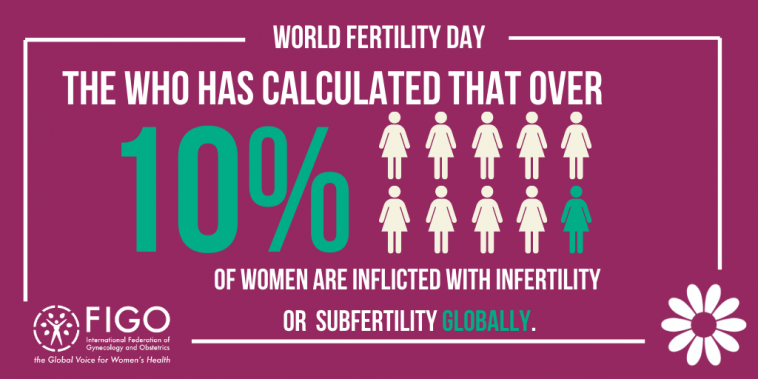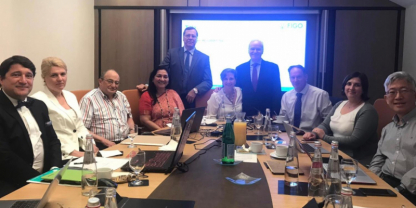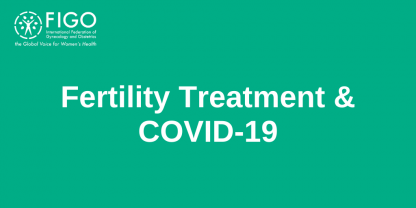Supporting World Fertility Day 2020

More than 180 million couples in lower- and middle-income countries (LMICs) suffer with infertility. The World Health Organization (WHO) states that, in some societies, if a girl cannot prove her fertility she may no longer be considered marriageable and may be viewed as a burden on families and communities. Additionally, if a woman is unable to bear children, she will suffer significant social and psychological consequences, gender-based violence, and may even be cast out and abandoned by her family, due to the strong stigmatisation of infertility and childlessness in some LMICs.
Our Reproductive Medicine, Endocrinology and Infertility (RMEI) Committee consists of members from countries all over the world, working to address issues surrounding infertility and women’s access to infertility services. Dr Ivonne Diaz Yamal, Chair of the Committee, touches on some of the issues many women around the world still face when it comes to accessing treatment for fertility issues.
Every year we celebrate World Fertility Day, but beyond recognising all that has been achieved in this field of medicine with its advances in technology, we still see the difficulty that many women are not able to fulfil their reproductive desires.
Access barriers start from the possibility of preserving fertility in women with cancer of reproductive age or younger. In most developing countries these treatments are not covered by social security and women lack the resources to access healthcare, oocyte vitrification or other options.
Although the progress of the diagnosis and treatment of infertility has advanced in the last 50 years, there are still countries where this technology is not expanded throughout its health coverage. This is why FIGO and the RMEI Committee built the Fertility Toolbox, designed so that each professional helping a patient with fertility problems can carry out an adequate diagnosis and treatment.
Research shows that, compared with high-income countries, policy makers in LMICs consistently neglect preventative and supportive services for those suffering, and financial protection is also low. Infertility is also more common in these countries due to the higher prevalence of untreated sexually transmitted diseases (STDs) and pregnancy-related infections.
Although in vitro fertilisation (IVF) has been around for many years, only a small percentage of people benefit from this technology. For countries where healthcare services are already struggling financially, securing funding for infertility care is becoming increasingly difficult. Additionally, some local governments may not consider infertility care an important use of resources due to their views on controlling ‘overpopulation’. In such cases, it will likely be excluded from the range of health care interventions made available. This is despite the fact that IVF treatments resulting in a birth would account for around 1% of all births: denying women their reproductive rights has little effect on population numbers.
To support those involved in or affected by infertility, we produced the FIGO Fertility Toolbox – a 'How To' document intended to provide a comprehensive and integrated set of tools that will increase access to treatment and prevention, and so reduce the global burden of infertility. The tools provide a comprehensive approach to infertility as both an individual and a global disease/disability. The FIGO Fertility Toolbox is intended to empower people to take action in their setting. It is based on the best available evidence, comprehensive, integrated and easy to use. It involves teaching, but the primary objective is to empower action, especially through collaboration with other interested people.
This World Fertility Day, we want to draw awareness to the many barriers women face in accessing infertility treatment and to emphasise the role of our Members as obstetricians and gynaecologists in advocating to policy makers for improved access to infertility services. Through our combined efforts, we can ensure women are able to achieve the highest possible standards of sexual reproductive health and rights.

